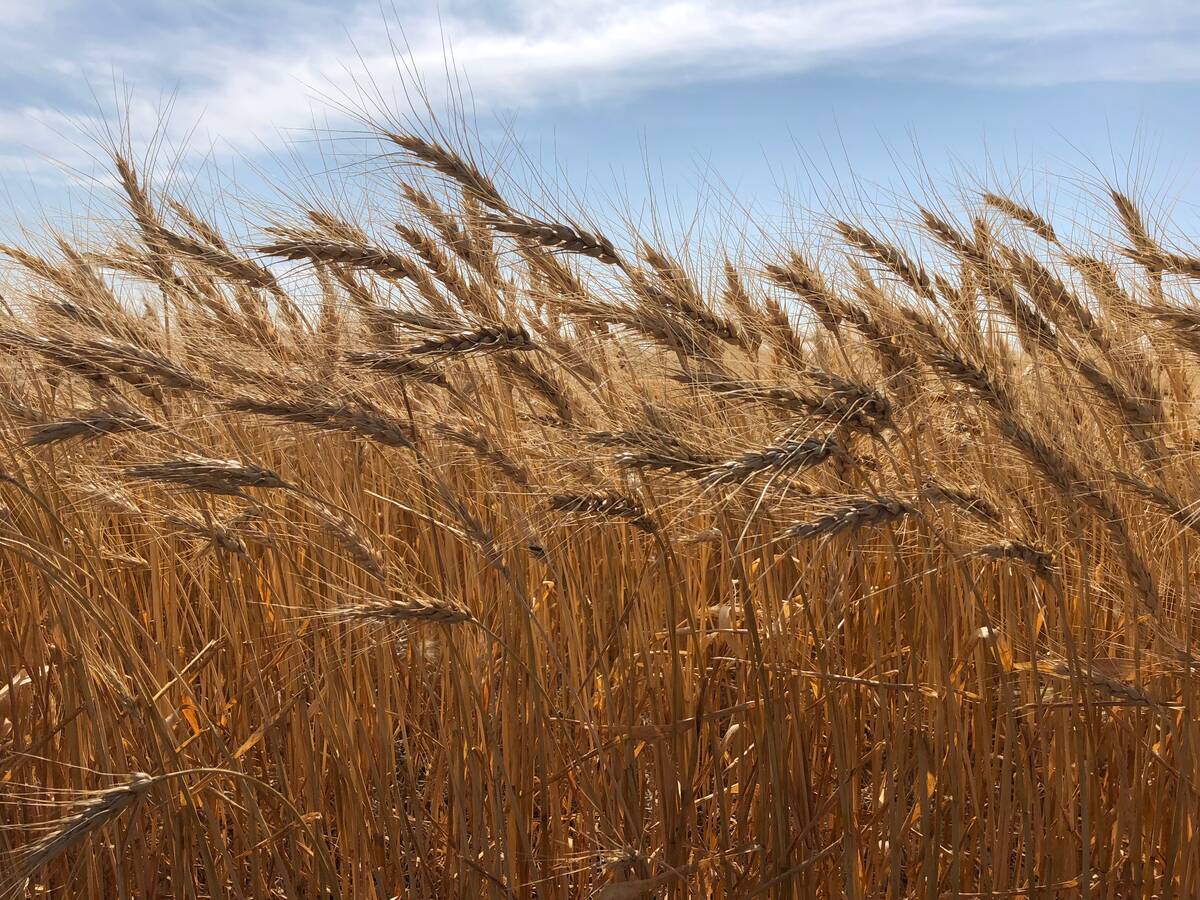A soil sample that tested inconclusive for clubroot in May from a random field in west-central Saskatchewan is now confirmed positive for the serious canola disease.
That’s even though the field in question has not shown any symptoms of the disease, according to Pat Flaten, research manager for the Saskatchewan Canola Development Commission (SaskCanola) in a release Tuesday.
“Re-testing of the soil sample over the past two months confirms that it is possible for the clubroot pathogen to exist in Saskatchewan, even in the absence of disease symptoms in the field,” Flaten said.
Read Also

Prairie Wheat Weekly: Spring prices vary as durum nudges up
Spring wheat cash prices varied across the Prairies for the week ended Nov. 25, while those for durum were slightly higher. Losses in the United States wheat complex weighed on prices north of the border, while support came from a weaker Canadian dollar.
“Therefore, we want to ensure that proper measures are being taken by the agricultural community and associated stakeholders to prevent even trace levels of the pathogen from developing into a disease issue.”
The testing for the pathogen was done and confirmed by pathologists with Agriculture and Agri-Food Canada and Saskatchewan’s provincial ag ministry, SaskCanola said.
Clubroot, primarily a soil-borne disease that affects the roots of canola and other related field and vegetable crops, first arrived on the Prairies in several canola fields in the Edmonton area in 2003 and has spread only within Alberta since then.
To confirm whether clubroot has arrived in Saskatchewan, it’s not enough just to find the pathogen’s DNA in a soil or plant sample, SaskCanola said in May. It also requires observation of disease symptoms in a susceptible crop.
In this case, however, clubroot DNA was detected in the soil sample, and although clubroot symptoms weren’t seen in the crop when it was surveyed, a positive bioassay of canola plants — grown in a sample of the soil, under favourable disease conditions in a greenhouse setting — indicates that there were viable clubroot spores in the soil sample tested.
However, the spore levels appeared low, SaskCanola said.
“Scout crops”
“It is important that farmers scout their crops as they head into the 2009 harvest,” Flaten warned. “Any unusual wilting, stunting, or yellowing should be further investigated by pulling up plants and checking the roots — the characteristic clubroot galls will appear as swellings and malformations on the roots, cutting off the plant’s ability to take up water and nutrients.”
Farmers are also asked to be “vigilant as to their best practices regarding cleaning of field equipment,” so as to prevent clubroot moving into and within the province, Flaten said.
Given the right soil conditions (warm, moist, low pH), infection could take place and lead to disease, which has the potential to increase the spore levels under each rotation involving a cruciferous crop — or even cruciferous weeds, SaskCanola said.
That said, “while it is possible that the clubroot pathogen may be present in the soil, with or without causing disease, proper crop rotation will prevent heavy infestations from developing within a field,” SaskCanola said.
As for the affected field, “plant pathologists will work together to develop a management strategy” for it, said provincial plant disease specialist Faye Dokken, who’s based in Regina.
“Recently, clubroot was declared a pest in Saskatchewan under the Pest Control Act, which will facilitate increased clubroot surveillance and disease prevention and management in the province.”
Dokken noted in SaskCanola’s release that federal and provincial plant pathologists run an annual survey of canola crops in Saskatchewan to identify and quantify new and common diseases of canola.
“More intensive surveillance of canola crops and soil testing for clubroot in the province is warranted for 2009,” Dokken said. “The annual canola disease survey will be conducted as usual in August, and soil samples will be tested from an additional 60 fields in 2009.”













